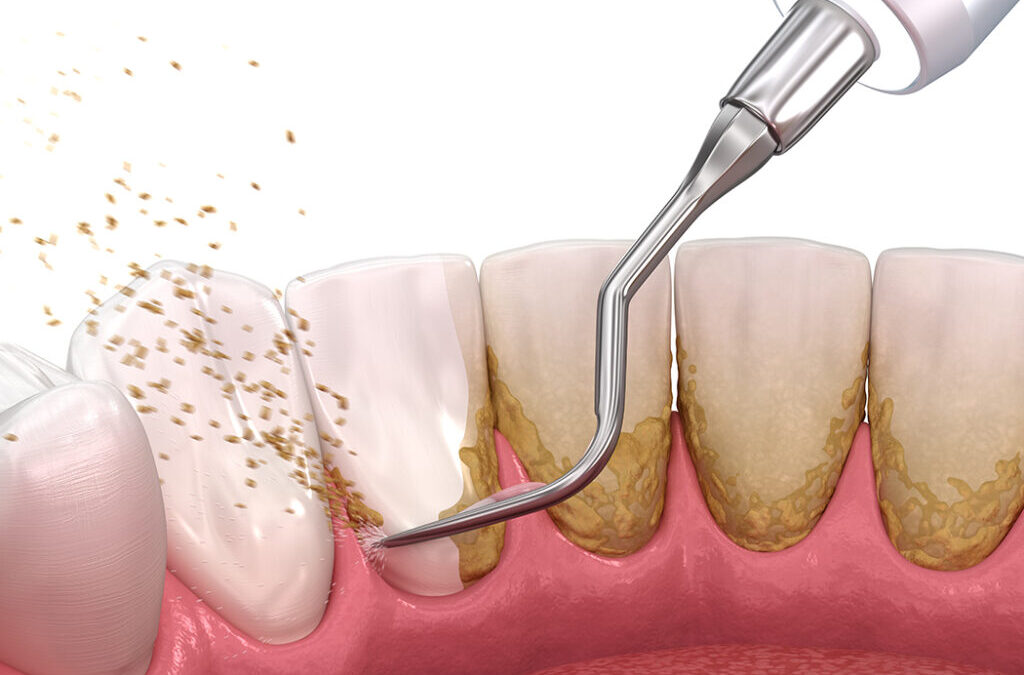Tartar or calculus is a hardened mass of bacteria adhering to the interiors of tooth roots and teeth, most of which are concealed beneath the gum line. Professional skill and professional tools in a professional dental practice are required in order to remove tartar from the teeth. The duration of the tartar removal greatly depends mostly on the extent of tartar deposited on the teeth. Dental hygiene is also an important aspect to be taken into consideration while undertaking this process.
Tartar removal by brushing cannot remove the plaque from the teeth immediately, as it takes time for the tartar to loosen completely. Brushing the teeth with soft bristles will make tartar and plaque fall off the teeth. However, prolonged brushing can dislodge the plaque deeper within the enamel, reducing the effectiveness of brushing. The frequency of brushing also depends on other factors such as the kind of toothpaste one is using and the brushing routines adopted for relieving periodontal diseases. Individuals suffering from periodontitis should brush their teeth three times a day, as two times a day would be too much for them.
Using mouthwash or water can also help in the process of removing the deposits of tartar and plaque. Mouthwash helps to clean the plaque effectively by combating the bacteria which cause the formation of plaque. The acidic components of the mouthwash help to break down the plaque. However, regular use of mouthwash should be avoided as it might lead to bad breath and in the long run could damage the teeth. Tartar removal through baking soda is another method through which one can get rid of the calculus.
For tartar removal, the tartar is removed by the dental hygienist or the dentist. The hygienist uses special tools which are heated to loosen the hardened plaque on the teeth. The process of removing the hardened calculus requires two visits; the first visit is pre-operation and the second visit is post-operation. During the first visit, the patient may feel a bit uncomfortable as some of the cleaning agents used are mildly abrasive and therefore may hurt the gums.
The second visit involves minor dental procedures which help remove the heavy calculus. The advanced tools like suction devices are used for removing the heavy calculus. After heavy tartar removal, the area affected with the calculus is cleaned thoroughly with oxygenated solution. If there is recurrence of the problem, a periodontist would have to undergo repeated visits to clean the affected area.
Some dentists remove tartar through polishing or tooth scaling. In tooth scaling, the surface of the tooth is exposed so that the tartar flakes are easily removed and the polishing also removes any residue which might be left behind. This process is called as tooth scaling.

